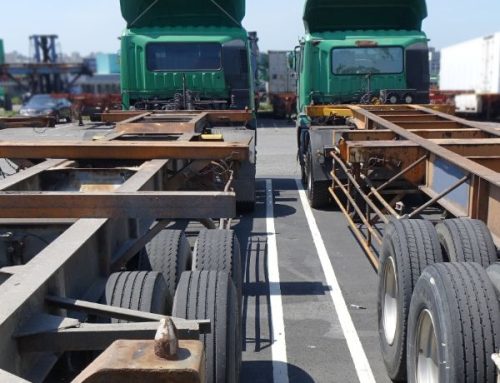Even though the Covid situation has long since improved in the US, the ripple effects of the pandemic on global supply chains continue to be felt. Economic shocks will probably persevere for some time to come, with a variety of factors pointing toward additional uncertainty.
Current Sources of Economic Uncertainty
China continues to shut down parts of its economy and lock down millions of people in response to new Covid outbreaks. Since so much of the world is dependent on Chinese manufacturing, its drastic “zero Covid” policy has led to continuous supply chain shocks for over two years now. On August 29, the world’s largest electronics market in Shenzhen was shut down, the latest stage in the ongoing crisis.
The war in Ukraine has destabilized other commodities markets in the near- and long-term. Ukraine is one of the world’s breadbaskets, and for months, shipments of grain were prevented from leaving the country, leading to spikes in food prices for surrounding nations. In addition, Russia has throttled its oil and gas shipments to Europe, resulting in price spikes for those fuels as well.
Finally, threats of a recession in America are on the rise. Many economists are projecting that a recession will hit by the end of 2023. Inflation has risen to 40-year highs, hampering economic activity. A recession will mean a slowdown for shipping as markets contract and consumers decrease their spending.
The Role of Ports and Rails in Adapting to Uncertainty
The pandemic exposed the need for adaptation and variety in the shipping industry, and the industry has risen to the challenge.
As the US’s major West Coast ports such as Los Angeles and Long Beach became clogged with traffic due to various factors, tertiary ports stepped up to ease some of the pressure. The East Coast and Gulf ports of New York, New Jersey, Virginia, Baltimore, Philadelphia, Mobile, Charleston, and Savannah have all been enjoying brisk activity. With its thousands of miles of coastline and many ports open to international trade, the US enjoys much more flexibility in its port system than other nations.
Rail plays a key role in shipping goods across the nation. Thanks to its well-developed freight rail network, the US is able to adapt to shifting port traffic relatively easily. Manufacturing companies are moving their operations to tertiary ports that have access to rail, in an effort to spread out traffic so that a disruption at one port has less impact on the bottom line.
A flexible shipping and transportation network, including intermodal shipping on container chassis, is a necessity for any industrialized nation. It provides a buffer against economic uncertainty through an ability to reroute shipments and avoid trouble spots. As China’s Covid outbreaks, the war in Ukraine, and threats of a US recession continue, intermodal transport stands to provide stability and reliability in an uncertain world.







